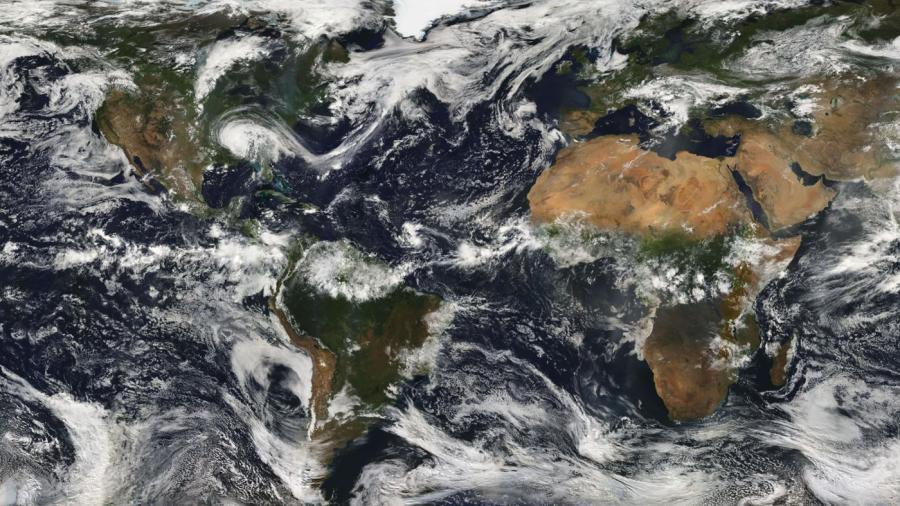How May Time Zones Are There in the World?

There are 24 different time zones in the world set at 15 degree longitude intervals in between. The Earth completes one full rotation in 24 hours at a speed of 15 degrees per hour. The premise behind time zones is that the world is theoretically divided into 24 equal longitudinal zones and the time is accordingly adjusted in each zone by an hour.
Since most communities around the world refer to noon as the time of the day when the sun is at its peak, noon may occur at different times in different countries depending on their location. While this did not pose many problems in the past, advancements in transportation, communication and global trade created the need for a standardized global time-keeping system.
The idea of establishing time zones was proposed by Sir Sanford Fleming in the late 1800s, but it was only in 1929 when it was instituted worldwide. Its implementation had minimal effect on the traditional way of telling the time in each zone and made it easier for people to understand the time differences between the zones.
The main reference point for the different time zones is the Greenwich Meridian located in the Royal Observatory in Greenwich, England. It is more popularly referred to as the Greenwich Mean Time or GMT. The GMT has since been replaced with the term Coordinated Universal Time abbreviated as UTC.
The UTC is the starting point from which the times in the different countries around the world are determined. The time differences are indicated by “+” or “-” the number of hours or time zones in relation to the UTC as the starting point.





